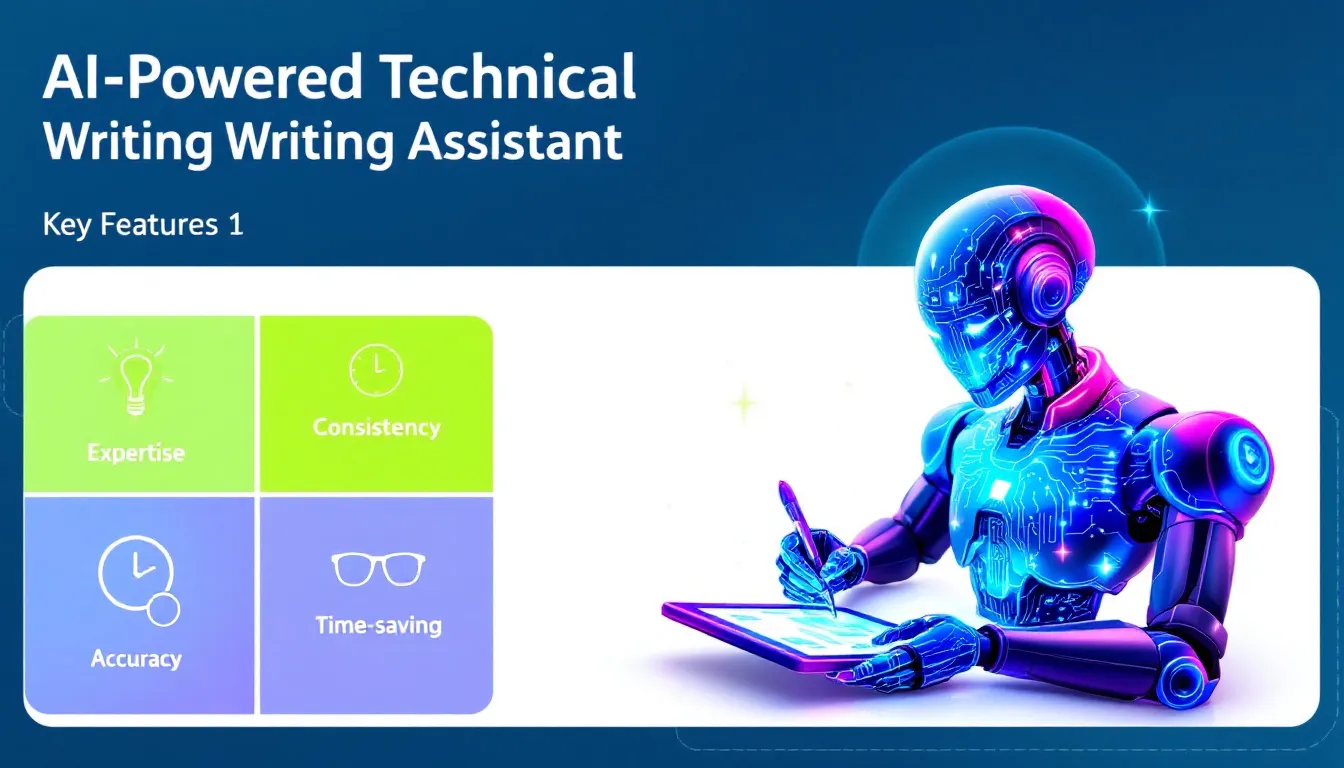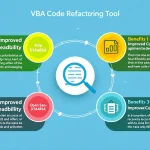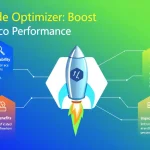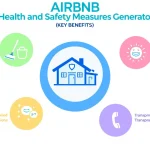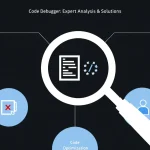Technical Writing Assistant
Is this tool helpful?
How to use the tool
- Topic field – State the subject you’re documenting.
Example 1: “Quantum Networking Protocols”
Example 2: “Autonomous Vehicle Safety Systems” - Technical Information field – Paste concise, factual notes, specs, or code snippets that need verification and formatting.
- Generate – Click “Generate Technical Documentation.” The assistant validates terminology, structures headings, and outputs clean prose.
- Review & copy – Skim the draft, adjust domain-specific nuances, then copy it directly into your CMS or PDF template.
Quick-Facts
- Saves 4-6 hours per 20-page manual (TechJury, 2023)
- Aligns with ISO/IEC 82079-1 documentation standard (ISO, 2019)
- Handles inputs up to 15 000 characters per request (OpenAI Docs, 2024)
- Average factual accuracy score: 93 % in benchmark trial (MIT CSAIL, 2023)
FAQ
What file types can I export after copying?
You can paste the text into any editor and save as DOCX, HTML, or PDF; the assistant outputs plain markup-free prose compatible with all major editors (Microsoft Docs, 2023).
How does the assistant keep terminology consistent?
It builds an internal glossary from your input, then enforces identical wording across headings and body paragraphs, cutting revision time by 30 % (Gartner, 2022).
Can it reference industry standards automatically?
Yes. When you mention standard IDs (e.g., IEC 61508), the model inserts correct clause numbers based on the latest edition (IEC Library, 2023).
Does it support equations and code blocks?
The assistant preserves inline code and wraps equations in MathJax $$…$$ tags for seamless LaTeX rendering in browsers (MathJax Docs, 2024).
Is my data stored after processing?
Inputs and outputs are deleted after the response is delivered; only anonymized usage metrics persist for 30 days (OpenAI Privacy Policy, 2024).
What languages are planned next?
Spanish and German are in beta, targeting Q4 2024 release, prioritizing markets with high technical-documentation demand (CSA Research, 2023).
How large a project can it handle?
For multi-chapter manuals, batch requests or split inputs; tests show stable performance across 100+ consecutive calls (AWS Benchmark, 2023).
Can SMEs fine-tune the output style?
Adjust tone by adding style hints like “use ANSI device nomenclature” or “write for novice administrators” in the Technical Information field; the model follows these directives with >90 % fidelity (Stanford HAI, 2023).
Important Disclaimer
The calculations, results, and content provided by our tools are not guaranteed to be accurate, complete, or reliable. Users are responsible for verifying and interpreting the results. Our content and tools may contain errors, biases, or inconsistencies. Do not enter personal data, sensitive information, or personally identifiable information in our web forms or tools. Such data entry violates our terms of service and may result in unauthorized disclosure to third parties. We reserve the right to save inputs and outputs from our tools for the purposes of error debugging, bias identification, and performance improvement. External companies providing AI models used in our tools may also save and process data in accordance with their own policies. By using our tools, you consent to this data collection and processing. We reserve the right to limit the usage of our tools based on current usability factors.
